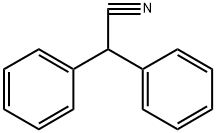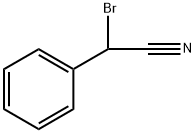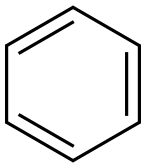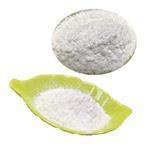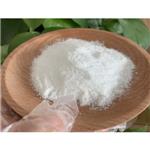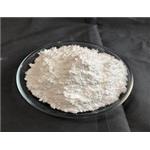Chemical Properties
Diphenylacetonitrile is a white to creamy or faint yellow crystalline powder, Soluble in ethanol, ether. It is obtained by bromination and condensation of phenylacetonitrile. Diphenylacetonitrile is mainly used as an intermediate to manufacture API which deals in treatment of respiratory stimulant. It is used to manufacture APIs like stomach amine, Aminepentamide Sulphate, Diphenoxylate, Diphenylacetaldehyde, Doxapram, Loperamide, Methadone.
Uses
Mathadone (M225865) impurity. Used in synthesis of methadone, antispasmodics and other pharmaceuticals.
Diphenylacetonitrile is used to synthesize isocyanate, which is further prepared into UV paint, PU paint, transparent elastomer and adhesive, etc. In addition, it is also used in polyamide and epoxy resin industries.
Preparation
In a 100 mL, nitrogen-flushed pear flask was added indium(III) bromide (2.0 mmol, 10 mol %) in CH2Cl2 (40 mL) to give a white suspension. To this at room temperature was added trimethylsilyl cyanide (40 mmol, 2.0 equiv.), followed by dropwise addition of alcohol (20 mmol, 1.0 equiv.) to give a moderate exothermic reaction. The mixture slowly turned clear, and TLC showed mostly the desire product. Saturated NaHCO3 was added and the mixture was concentrated in vacuo to remove the volatiles. The residue was partitioned between saturated NaHCO3 and ethyl acetate, and the aqueous layer was extracted one more time with ethyl acetate. Combined organic layers were dried over MgSO4, filtered and concentrated. The crude product was purified by flash column chromatography on silica gel (5% ethyl acetate/hexanes) to give the desired Diphenylacetonitrile.
Preparation
Diphenylacetonitrile can be prepared in good yield by the dehydration of the amide of diphenyl acetic acid with phosphorous oxychloride. Diphenylacetonitrile undergoes anhydrous condensation with ethyl-4-bromo-butyrate. This is followed by its hydrolysis in alkaline medium that is used in the quantitative determination of 3-cyano-3,3-diphenylpropionic acid.
Reactions
Methadone is synthesised by alkylation of diphenylacetonitrile using 2-dimethylaminopropylchloride in the presence of sodamide.
Dextromoramide is synthesised by alkylation of diphenylacetonitrile using 1-morpholinyl-2- chloropropane in the presence of sodamide.
Diphenylacetonitrile in the presence of sodium amide is alkylated with 1-ethyl-3-chlorpyrrolidine, giving (1-ethyl-3-pyrrolidinyl) diphenylacetonitrile.
Isopropamide, is synthesized by alkylating diphenylacetonitrile with di-isopropylaminoethylchloride in the presence of sodium amide, and the subsequent hydrolysis of the nitrile group of the resulting compound to an amide group.
Synthesis Reference(s)
The Journal of Organic Chemistry, 35, p. 3253, 1970
DOI: 10.1021/jo00835a016
General Description
Diphenylacetonitrile can be prepared in good yield by the dehydration of the amide of diphenyl acetic acid with phosphorous oxychloride.
Safety Profile
Poison by ingestion,
intraperitoneal, and intravenous routes.
Moderately toxic by subcutaneous route.
Questionable carcinogen with experimental
carcinogenic and tumorigenic data. When
heated to decomposition it emits toxic
fumes of NOx, and CN-. See also
NITRILES.
Synthesis
Add the 250mL ethyl acetate in 500mL glass there-necked flask, open and stir, add the 150g phenylcarbinol, add sodium methylate 80g, 70 ℃ of stirring reactions 2 hours are down to room temperature, add benzyl cyanide 120ml.Be heated to 110 ℃, distillation reaction 10h.Reaction naturally cools to room temperature after finishing, and adds the extraction of 200ml ethyl acetate and 200ml water, tells lower aqueous layer.The upper strata ethyl acetate layer adds water, and washing once adds anhydrous sodium sulfate drying.Concentrating under reduced pressure is removed ethyl acetate.Then in oily matter, add a small amount of dehydrated alcohol crystallisation by cooling, the crystallized product oven dry.Yield 90%, purity 99.0% (GC).
Purification Methods
Crystallise the nitrile from EtOH or pet ether (b 90-100o). [Beilstein 9 H 674, 9 IV 2505.]
